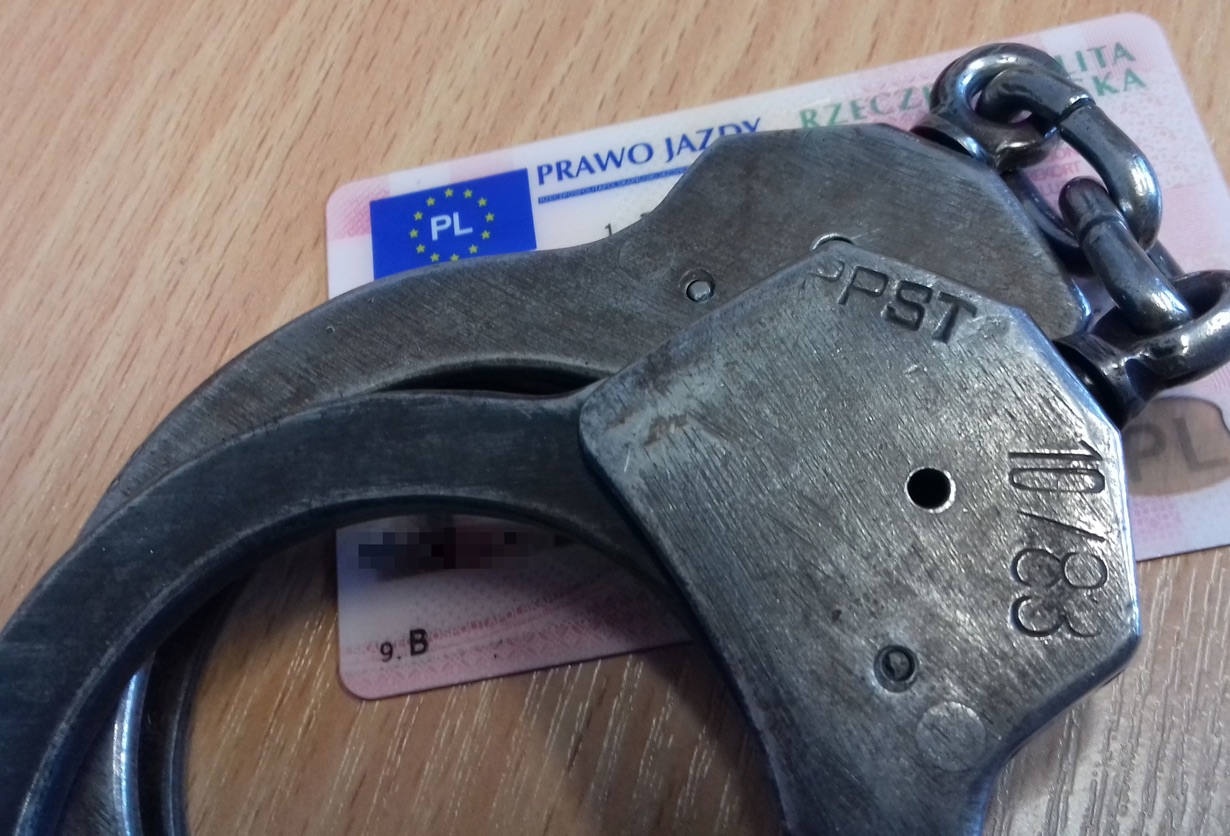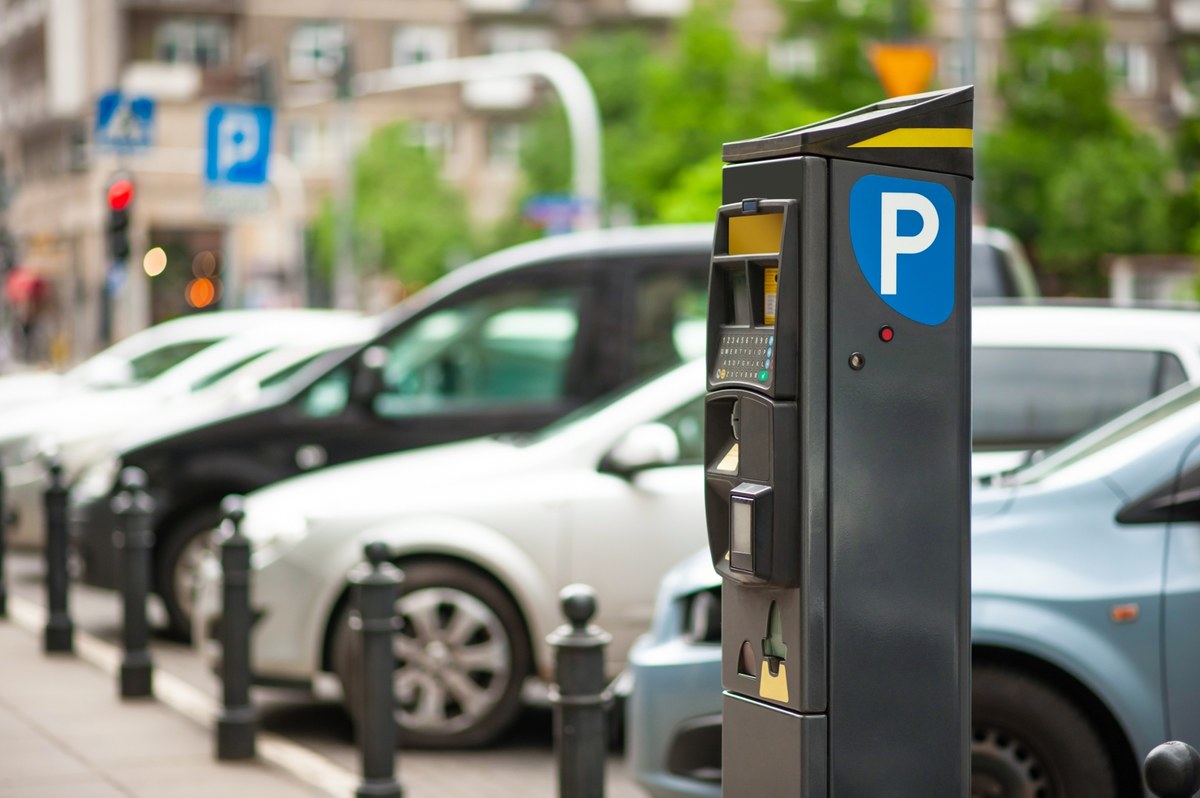
As flying continues to become more accessible and affordable to passengers, airlines and airports are taking quick measures to make it accommodating for their customers, including those with reduced mobility, in order to ensure they too have a smooth experience.
Airports around the world are especially taking steps to ensure comfort for passengers requiring accessible facilities by installing state-of-the-art infrastructure. Skytrax, the rating body for aviation, has published its list of the most accessible airports by facilities in the world for 2025.
Best Airports by Facilities in the World
Skytrax’s ranking was based on a number of criteria like pick up and drop off experience for passengers at airports, general access around the airport, assistance points, priority immigration desks, priority seating, accessible washrooms, and wheelchair facilities, among others.
Here is a look at who makes the coveted top 10.
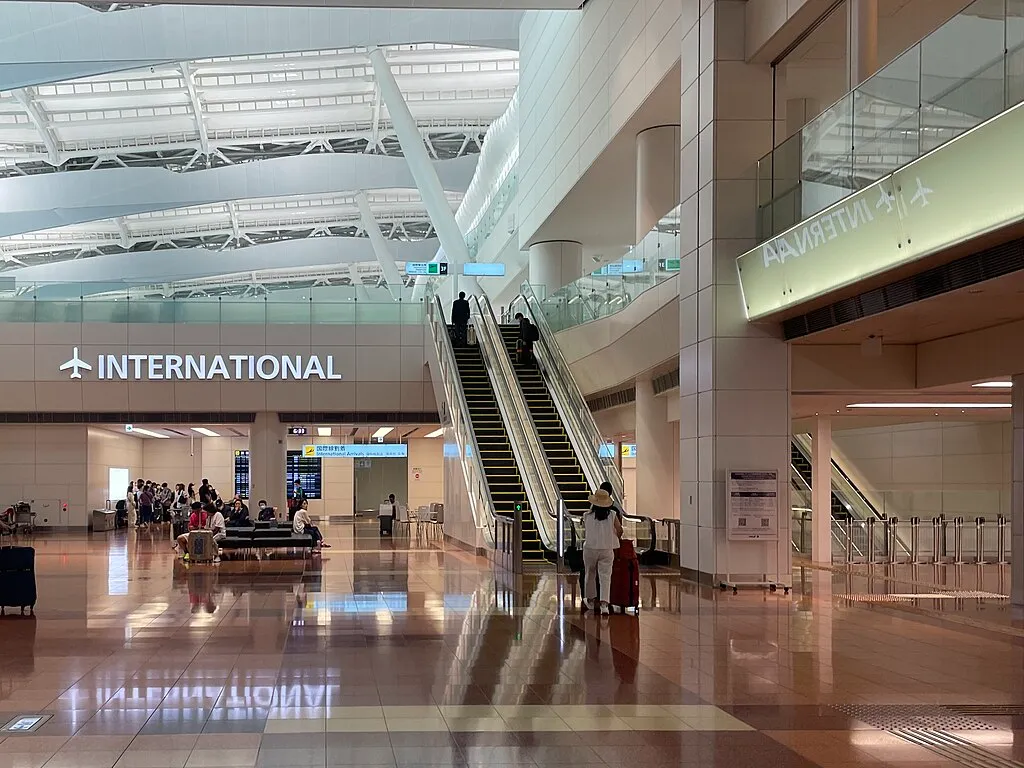 Tokyo Haneda Airport; Photo- Wikipedia
Tokyo Haneda Airport; Photo- Wikipedia1. Tokyo Haneda International Airport (HND)
Tokyo’s Haneda International Airport bags the number one spot in this ranking. Their top-tier accessibility features include step-free boarding gates, elevators, multipurpose washrooms, as well as dedicated parking.
At the airport, there are also comprehensive assistance services, including staff who are specially trained and available around the clock to assist such this category of fliers.
For those with visual impairments, high contrast signage, braille guides, and communication boards are available, whereas sidewalks and escalators include voice cues and colour-coded guides to help passengers travel safely.
This is in addition to conventional parkings like accessible parking, free wheelchairs, and sensory-friendly spaces near boarding gates.
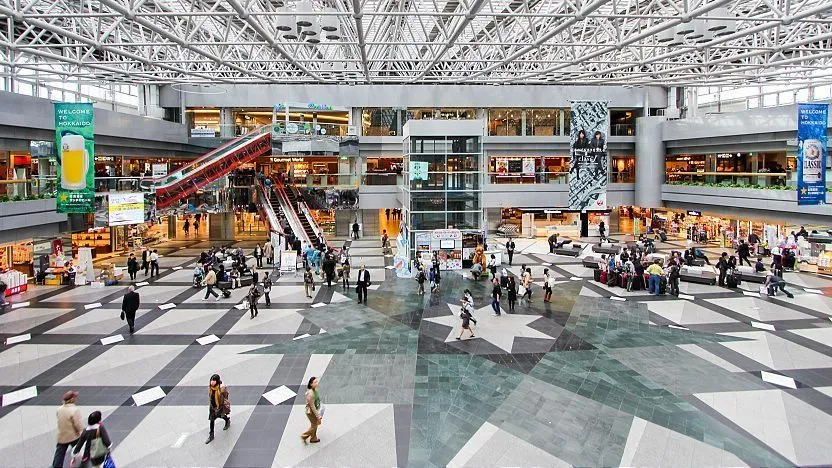 New Chitose Airport; Photo- Japan Guide
New Chitose Airport; Photo- Japan Guide2. New Chitose Airport (CTS)
New Chitose Airport is ranked at number two and is the second Japanese airport in quick succession, showcasing the country’s commitment towards providing travellers with as seamless an experience as they possibly can.
For mobility, CTS Airport has wide and wheelchair-friendly elevators and sidewalks to help passengers with assistance in remaining mobile. All of these have voice announcements, low-positioned control panels, and braille support.
There are also free assistance vehicles available during the daytime to help passengers with disabilities transition to their gates or between terminals without much trouble.
This is in addition to areas for accessible restrooms, which are equipped with emergency call buttons, voice-guided entrances, and specifically designed rooms to help those who have sensitive sensory organs.
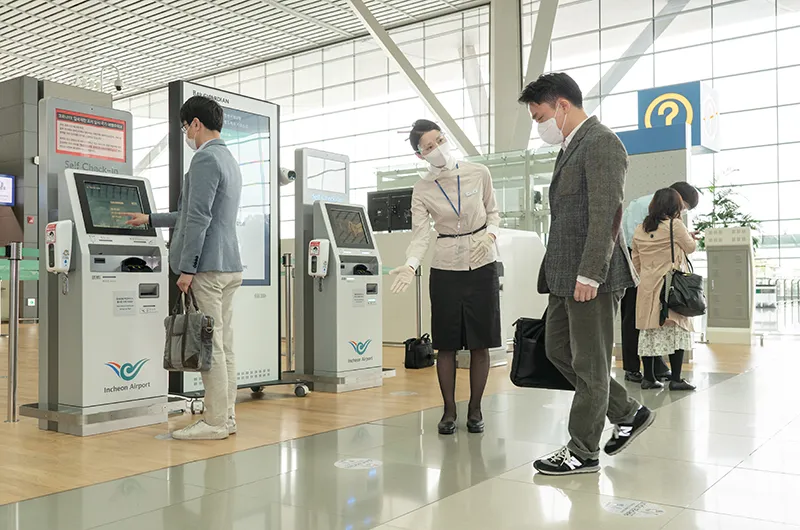 Incheon Airport Staff; Photo- Korean Air
Incheon Airport Staff; Photo- Korean Air3. Seoul Incheon International Airport (ICN)
Seoul’s Incheon Airport ranks third and is the only airport from South Korea to make the Skytrax list of the world’s top 10 airports by facilities for people with reduced mobility.
The experience starts right from the parking, which is at a 50% discount on provision of a disability certificate, while each terminal also has dedicated drop-off zones for accessible passengers.
Help phones and wheelchair lifts are available at various locations at the airport from the parking till the boarding gates, while there are even electric carts to minimise walking at terminals for passengers with limited mobility.
There are priority immigration lines at the airport specifically for those with disabilities, while the information kiosks have braille brochures in addition to audio guidance boarding announcement systems for those who are visually impaired. Each washroom also has at least one dedicated accessible washroom.
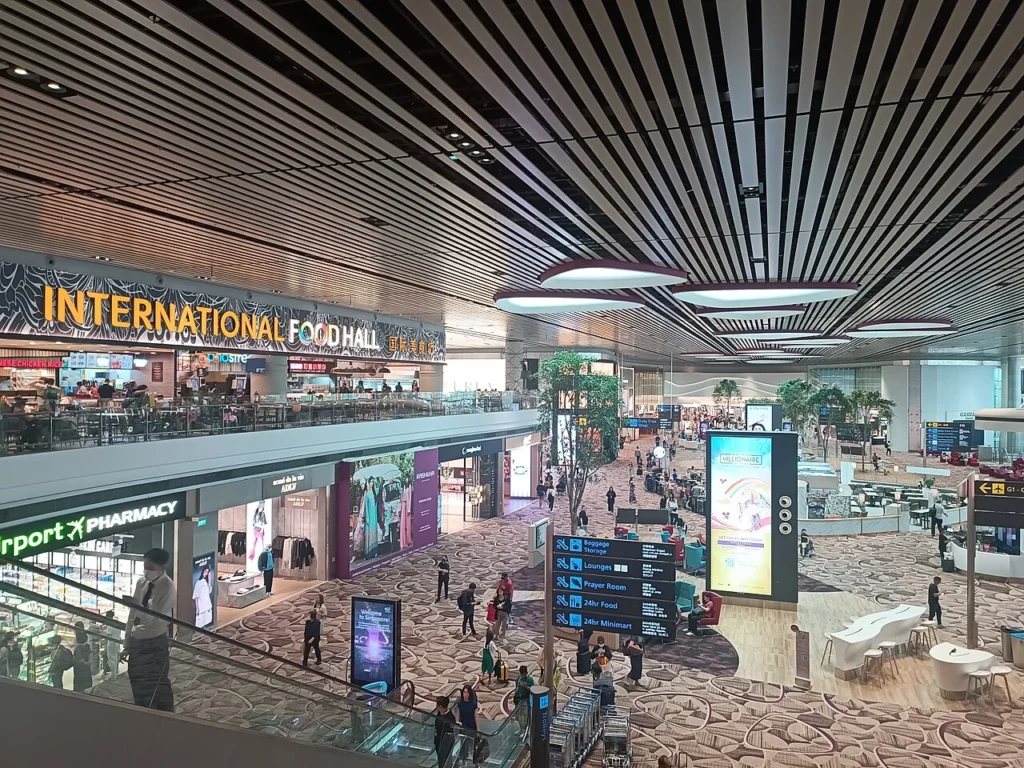 Photo- Wikipedia
Photo- Wikipedia4. Singapore Changi International Airport (SIN)
Singapore’s Changi International Airport has been ranked by Skytrax in nearly every category and makes the cut this time around too, as it bags the fourth place.
Changi has exceptional mobility support from self-service wheelchairs being made available free of cost to passengers. They must be booked through airlines 48 hours in advance, while a paid service with an assistant is also available for purchase.
All check-in, security check, and immigration kiosks have a special assistance line to make the formalities seamless for the passengers, whereas every washroom is equipped with accessible facilities. Trained employees wearing a golden badge are always stationed at regular intervals at airports to help passengers with sensory issues.
 Photo- iGA Istanbul Airport
Photo- iGA Istanbul Airport5. Istanbul International Airport (IST)
Istanbul’s International Airport, which was newly opened some years ago, is the highest-ranked hub in Europe to make the Skytrax ranking, with some industry-leading facilities.
Complimentary wheelchairs are available through information desks even at last-minute requests, in addition to electric carts ferrying passengers within the terminal halls. Those using their own electric wheelchairs can also avail themselves of free charging ports at the airport.
Special passenger service points have quiet zones, check-in assistance, and accessible washrooms, whereas there are over 20 kiosks through which video calls can be made to trained staff for sign language interactions by those with audio-visual disabilities. Sunflower lanyards also grant passengers access to specific areas exclusive to PRM.
Lastly, there is a cafe staffed by individuals with disabilities with braille menus, adjustable lighting, and sign-language assistance for travellers who would like further assistance.
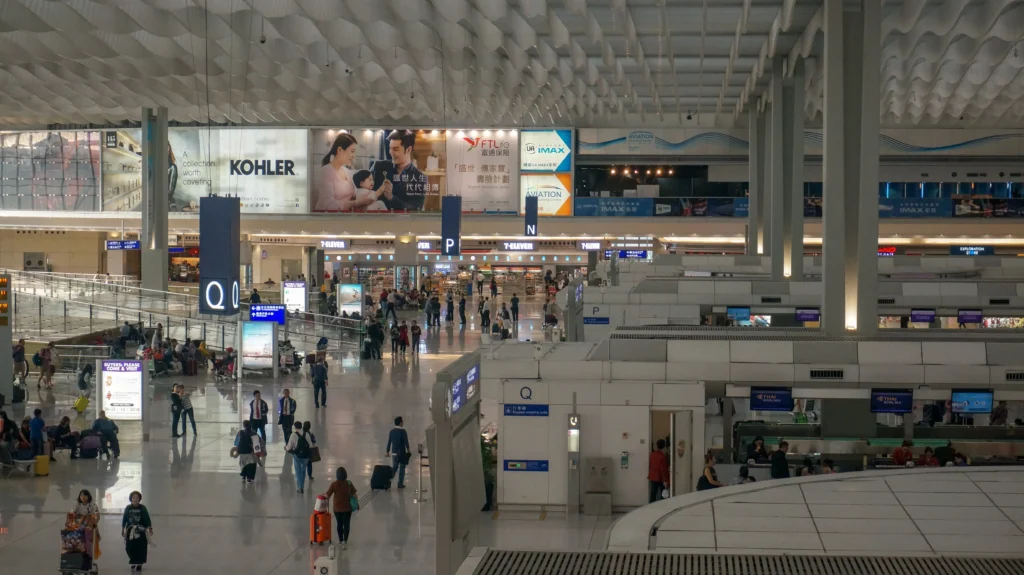 Hong Kong Airport; Photo- SH6188; Wikimedia Commons
Hong Kong Airport; Photo- SH6188; Wikimedia Commons6. Hong Kong International Airport (HKG)
Hong Kong International Airport ranks sixth on the list and, like some of its competitors, has a width of some customary and other unique facilities for people with reduced mobility.
They have priority drop-off and pick-up zones as well as hands-free telephones located on the kerbsides of the terminal. Inside, the lifts, escalators, and people movers are all suited to accommodate wheelchairs, while the airport has regular boarding announcements for visually impaired passengers and sign boards at regular intervals for those with hearing problems.
The toilets in the airport have automated fittings and alarm systems, whereas airside, there are low-level charging ports, several seating areas, water stations, and telephones with audio and braille guides. There are also special quiet areas in the airport to accommodate PRM.
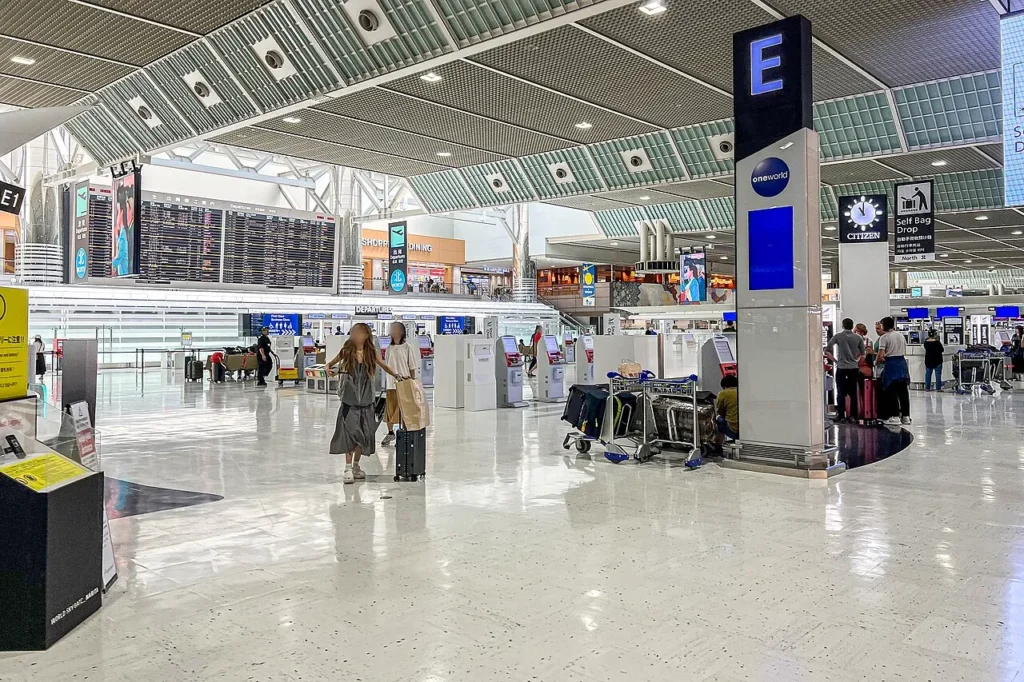 Narita International Airport; Photo- Wikipedia
Narita International Airport; Photo- Wikipedia7. Tokyo Narita International Airport (NRT)
Narita International Airport is the second airport in the city of Tokyo to make the list. Like Haneda, they also have a series of extensive facilities dedicated to providing accessible customers a seamless experience on their travels.
There are elevators with audio guidance, braille panels, and lowered controls to support wheelchair users, and automatic doors, ramps, and step-free boarding gates are designed to help those in wheelchairs. There are also electric carts meant to minimise walking for special needs passengers inside the terminals.
Accessible restrooms close to most gates have all the state-of-the-art amenities ,while communication boards, braille signages, intercom support, and quiet rooms for those with sensory issues are also placed at regular distances airside.
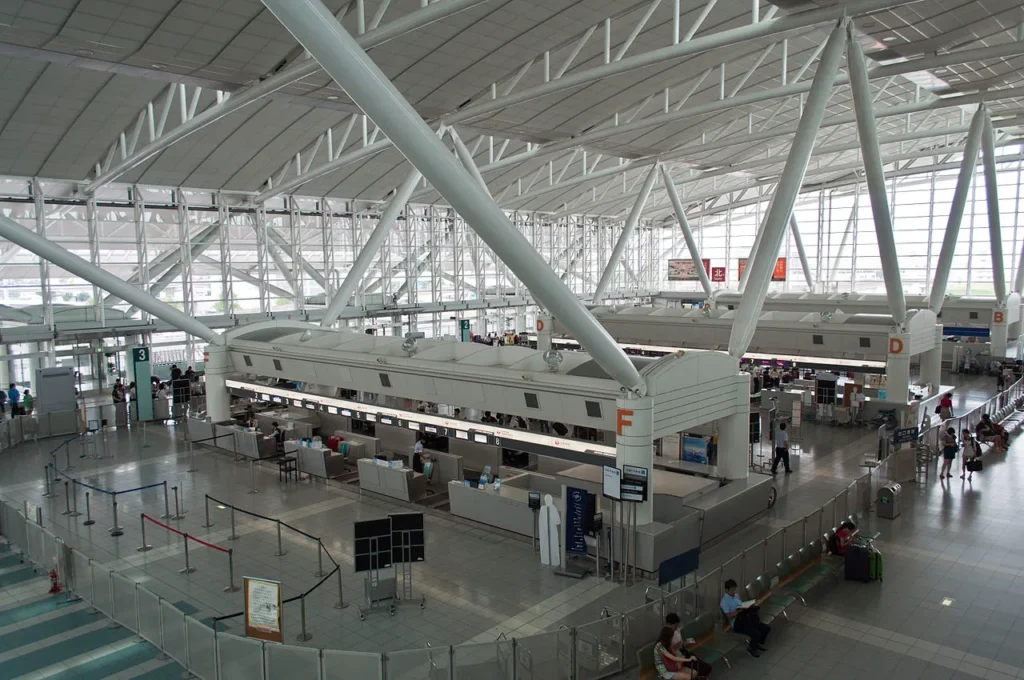 Fukuoka Airport; Photo- Wikipedia
Fukuoka Airport; Photo- Wikipedia8. Fukuoka Airport (FUK)
Fukuoka Airport is eighth on the list and the third hub from Japan to feature.
The airport provides a welcoming and accessible environment for passengers with disabilities or special needs. Wheelchairs are available free of charge, with electric wheelchair charging stations located throughout the terminals.
Elevators feature low-mounted controls, voice guidance, and wide access for mobility devices. Each floor includes barrier-free restrooms equipped with grab bars, whereas gates feature a curb-level boarding platform for easy wheelchair access.
Additional support includes ramps, handrails, and an accessible observation deck. Assistance dog relief areas and writing boards at information desks accommodate other needs, including those with speech or hearing impairments.
A dedicated information centre for elderly and disabled travellers offers also offers widespread help.
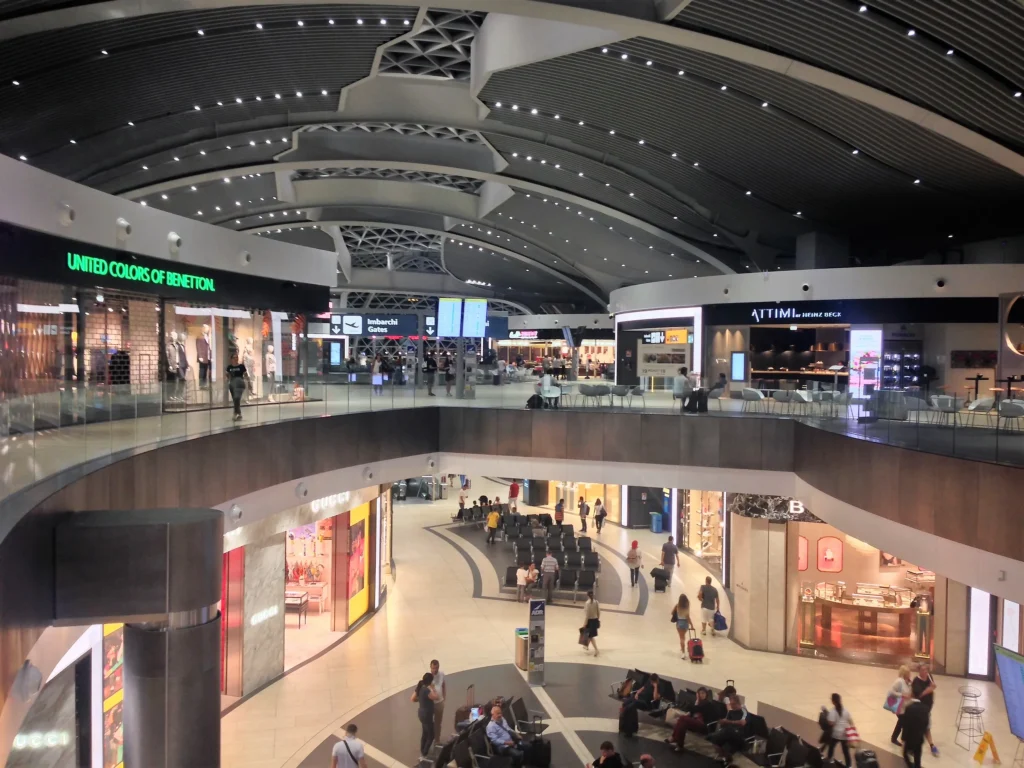 Rome Fiumicino Airport; Photo- philip.mallis | Flickr
Rome Fiumicino Airport; Photo- philip.mallis | Flickr
9. Rome Fiumicino International Airport (FCO)
Rome’s Fiumicino International Airport bags the penultimate berth in the top 10 and has a couple of industry-leading campaigns directed towards making travel worth the experience for disabled individuals, in addition to the terminals having all the conventional facilities.
Their Care To Fly program gives passengers the option of booking a door-to-door experience from the comfort of their home to the aircraft’s seat.
Free wheelchairs are available at the airport with support staff dedicated to giving special needs passengers the priority they require at all steps of the check-in, security check, immigration, and boarding phases.
Through its partnership with Be My Eyes, FCO offers flyers tactile floor pathways and braille signage through a live app. They are also Europe’s first airport to have electric autonomous wheelchairs available to passengers for movement within the terminal building.
Their services comply with EU Regulations.
 Kansai International Airport’s Populous Redesigned Terminal 1 Opens Ahead of World Expo 2025 | Photo: Populous
Kansai International Airport’s Populous Redesigned Terminal 1 Opens Ahead of World Expo 2025 | Photo: Populous10. Osaka Kansai International Airport (KIX)
Osaka’s Kansai International Airport takes 10th place, meaning four of the top-ranked airports are from Japan in Skytrax’s coveted list.
Kansai International Airport is equipped to support passengers with disabilities or additional needs, offering friendly assistance. Free wheelchair and stroller hire is available at information counters. The airport features wide lifts, gentle ramps, and Braille signage throughout, along with quiet spaces designed for those who may feel overwhelmed by noise or crowds.
Accessible toilets are located across the terminals, complete with grab rails, ostomate facilities, and support for assistance dogs.
For added independence, Kansai now offers free use of electric mobility chairs in both domestic and international departure zones, available 24/7 in international areas.
Tactile floor paths, help phones, and clear signage make it easy to get around, while helpful staff are always on hand. These thoughtful facilities ensure all travellers can move through the airport comfortably, safely, and with dignity.
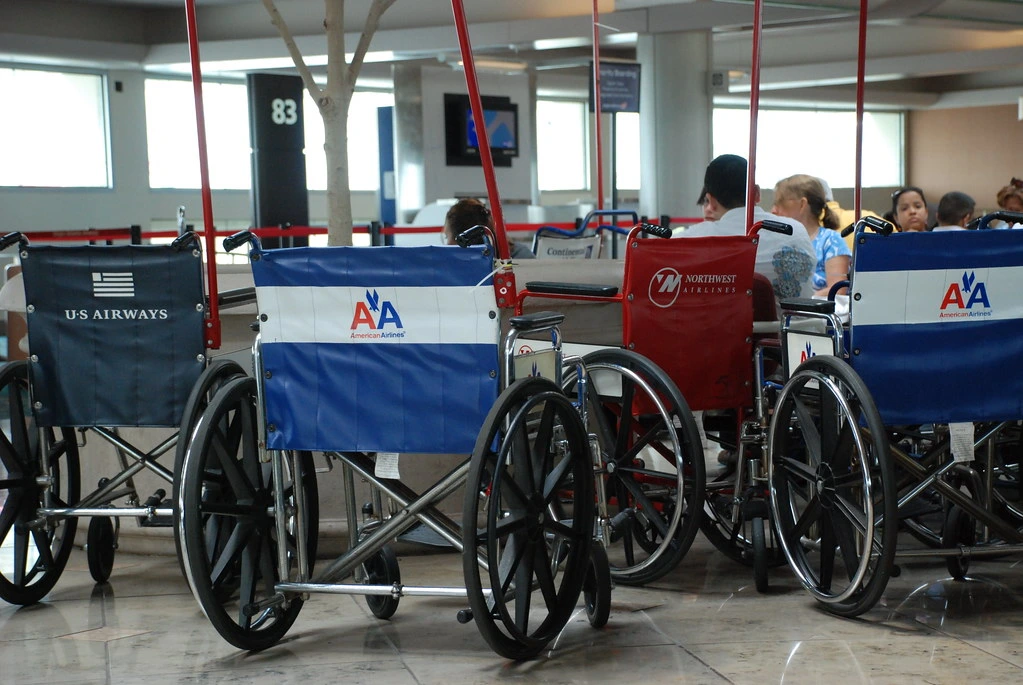 Photo: Joe Shlabotnik | Flickr
Photo: Joe Shlabotnik | FlickrBest Airports for Disabled FAQs
Skytrax evaluates airports based on accessibility-focused criteria such as step-free access, wheelchair and mobility support, accessible restrooms, priority immigration lanes, assistance points, braille and audio guidance systems, signage clarity, and special needs support services.
Tokyo Haneda International Airport (HND) secured the top position due to its comprehensive accessibility infrastructure, including step-free gates, braille signage, sensory-friendly areas, dedicated assistance staff, and inclusive washroom facilities.
Japan leads the rankings with four airports—Tokyo Haneda, New Chitose, Tokyo Narita, and Osaka Kansai—making the Skytrax top 10 list. These hubs offer industry-leading features such as braille and voice-guided signage, wide elevators, electric mobility carts, sensory rooms, and accessible restrooms to ensure seamless travel experiences.
Stay tuned with us. Further, follow us on social media for the latest updates.
Join us on Telegram Group for the Latest Aviation Updates. Subsequently, follow us on Google News
Top 10 Best Airports for Dining in the World in 2025
The post Top 10 Best Airports by Facilities for Disabled in the World in 2025 appeared first on Aviation A2Z.







